Venturing into Yeast Doughs
User
11 years ago
Related Stories
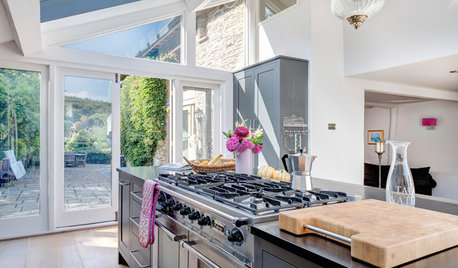
LIFESimple Pleasures: The Joy of Baking
Fill your house with a heavenly scent and your heart with cheer by making time to bake
Full Story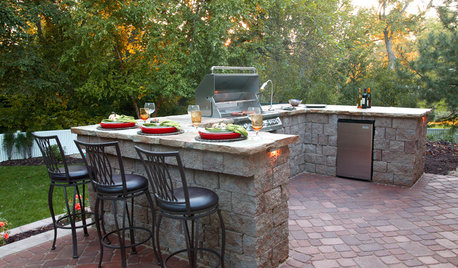
OUTDOOR KITCHENSYour Guide to Grills and More for Great Outdoor Cooking
Learn the pros and cons of gas versus charcoal grills, and about neat add-ons that let you do more
Full Story
KITCHEN DESIGNWorld of Design: Favorite Recipes From Food Lovers Around the Globe
Travel with your tastebuds and experience for yourself these international foodies' favorite dishes
Full Story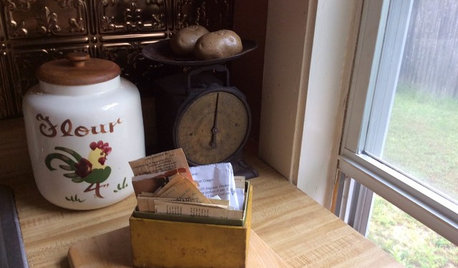
KITCHEN DESIGN5 Home Cooks Share Their Favorite Family Recipes
Peek inside the kitchens of these Houzz users and learn how to cook their time-tested, passed-down dishes
Full Story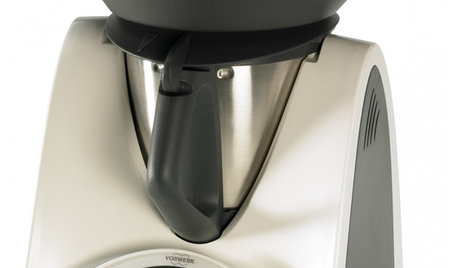
HOME TECH3 Kitchen Contraptions You Won’t Believe
Pizza hot from the printer, anyone? These cooking gadgets harness imagination and high tech — and have price tags to match
Full Story
LIFEHouzz Call: What Has Mom Taught You About Making a Home?
Whether your mother taught you to cook and clean or how to order takeout and let messes be, we'd like to hear about it
Full Story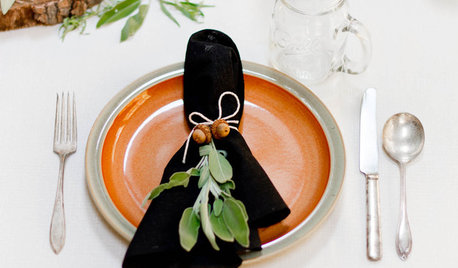

LIFE21 Things Only People Living With Kids Will Understand
Strange smells, crowded beds, ruined furniture — here’s what cohabiting with little monsters really feels like
Full Story
FEEL-GOOD HOME12 Very Useful Things I've Learned From Designers
These simple ideas can make life at home more efficient and enjoyable
Full Story
PETSPet-Proofing Your Home: A Room-by-Room Guide
Not all pet dangers are obvious. Keep furry friends safe and sound by handling all of these potential hazards
Full Story



annie1992
UserOriginal Author
Related Discussions
Questions about making yeast dough
Q
freezing yeast doughs
Q
a few bread baking tips and the pizza dough recipe
Q
Yeast amount - cold ferment pizza dough
Q
loves2cook4six
annie1992
coconut_nj
beachlily z9a
UserOriginal Author
carol_in_california
annie1992
wintercat_gw
westsider40
Islay_Corbel
booberry85
teresa_nc7
annie1992
UserOriginal Author
UserOriginal Author
annie1992
UserOriginal Author
annie1992
wintercat_gw
annie1992
Cloud Swift
wintercat_gw
UserOriginal Author
annie1992
UserOriginal Author
annie1992
UserOriginal Author
annie1992
UserOriginal Author
annie1992
UserOriginal Author
triciae
UserOriginal Author
annie1992